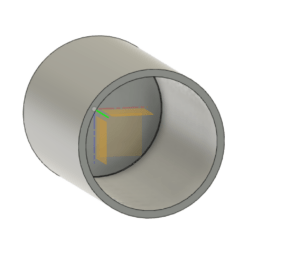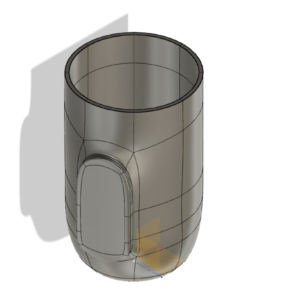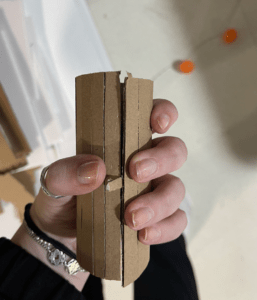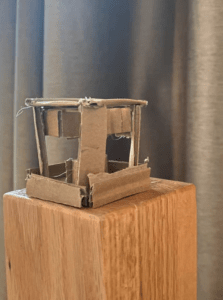What insights did you gain about this product and how perception of the artifact has changed over its history. What surprised you about this product. Find another artifact that has followed a similar path by deviating from some of its original intent.
As I have already heard about this chair and seen it (once I saw the real one and the others were replicas ofc), some information that was shared on the podcast and in the article was already familiar to me, so there weren’t many things that surprised me that much; however, I didn’t not know that it undergoes such a long (77 step process). Of course, these chairs are known for being basically indestructible for about 150 years, however I though it is mainly about the shape (ofc it is as well about the shape but I thought it is mass produced anyway). That this chair is simply fascinating in terms of its utilitarian shape and material that serve the purpose perfectly. Plus the “curved butt divot” is what makes is relatively to sit on! I believe without it would be very uncomfortable. I am not sure if the Navy Chair was a pioneer at that, but regardless, I believe that without it, chair would not be as successful as it was, even in replicas terms.
It is kind of sad that the original costs that much and I believe that is clearly gatekeeping that should be rethought by the company. I believe they could invest more into expensive and precise material to actually automate the process and then in a couple of years when the machinery bills are less actually decrease the distribution price.
And I believe that if the chair was intended for a mass-use and was quite popular (would be much more popular if the price was lower), it should not suddenly become a designer piece. If designers want to use them – they absolutely should, but that shouldn’t affect the price.
On the other hand, I appreciate the recognition of good design and always like to see some deviations or reimagining of a certain “classic” design in different designer collaborations. It is always interesting to look at.
As for another artifact that underwent a similar path, I found this article that lists 15 inventions that were originally developed for military. Sometimes, the way to use some of them were discovered by accident, e.g. Microwave oven:
Microwave technology was originally used as a radar to help locate enemies during World War II. The ability of microwaves to cook food was discovered by accident. While conducting research on microwave radar technology, an engineer at defense contractor Raytheon Co. noticed that a candy bar in his pocket had melted. This led to the realization that microwave equipment could be repurposed to heat and cook foods. Later that year, Raytheon filed the first patent for a microwave oven. The first commercial microwave was manufactured in 1954 and was about the size of a refrigerator. Today, more than nine in 10 U.S. households own a microwave oven. The technology is one of many military inventions that have shaped the American kitchen and kitchens worldwide.
more info here: https://www.usatoday.com/story/money/2019/05/16/15-commercial-products-invented-by-the-military/39465501/




































